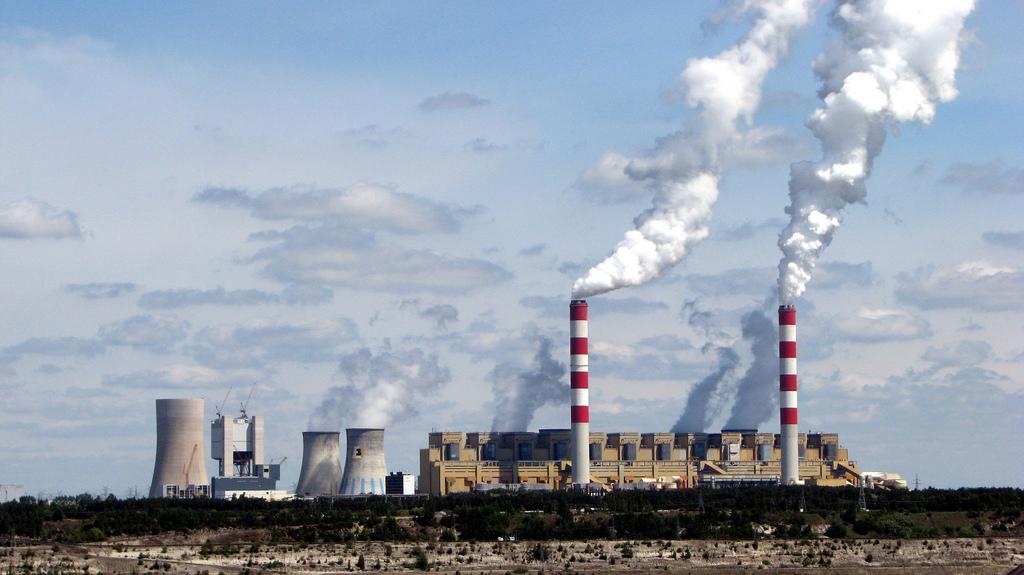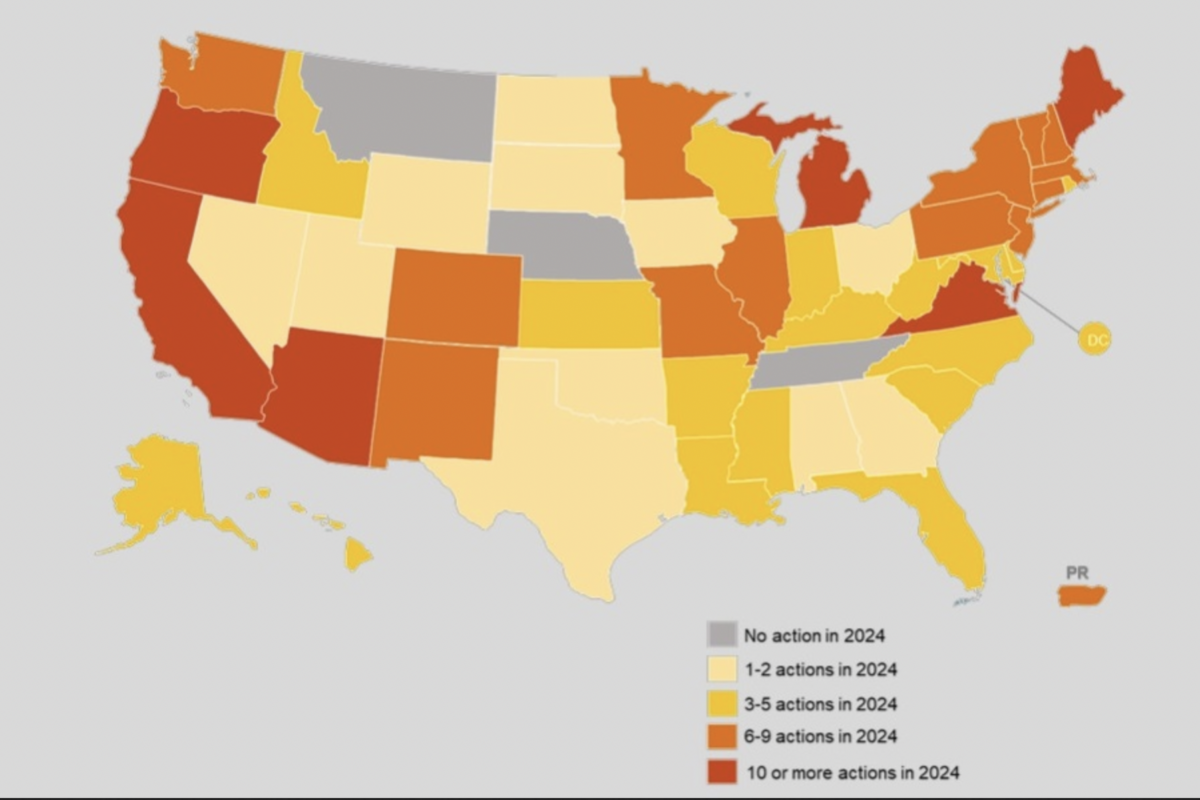Polish power producers Enea SA and Energa SA have revealed that they will suspend financing for Ostrołęka C, the last coal power plant to be built in Poland.
The two companies said they decided to suspend financing for the project in northeastern Poland due to the new market environment and the difficulty of obtaining external financing. They also pointed to the European Union's new policy for the electricity sector as another decisive factor in their decision to effectively suspend construction of the $1.6 billion plant with the two main contractors, GE Power and its Alstom Power Systems unit.
Just 5% of the facility had been built by the end of January, according to Enea and Energa.
“While the decision is only a first step toward the needed cancelation of the 1 GW plant, it is an important admission that the future for coal in Europe is bleak, and that Poland’s efforts to keep its coal industry on life support risk leaving it with stranded workers and stranded assets,” said Europe Beyond Coal. “Canceling the project now in favor of a switch to clean, renewable energy will reverse Energa and Enea’s declining fortunes while protecting the health of Polish people, and our climate.”
Many Polish energy providers have started to show a stronger commitment to solar and renewables. Enea, for example, revealed plans in October to build a 30 MW solar project to power coal mining at the Bogdanka mine near Łęczna, in the southeastern province of Lesser Poland. A month later, Energa revealed that it wanted to install a 19.8 MW solar array near Przykona, in central Poland.
Despite these and other announced projects – as well as the growing number of auctions and supportive policies the Polish government is putting in place for solar and wind development – coal-fired power plants currently cover almost three-quarters of Poland’s total power demand. So, if the battle against the risk of new projects seems to be won (at least for now, but caution is advised), the fight to reduce the number of coal assets that are still in operation seems to be a much harder one.
“Rising CO2 prices are leaving existing coal power plants with financial trouble. Building new coal with the hope that annual profits would cover capex was highly unrealistic, and this has finally sunk in for Energa and Enea,” said Michal Hetmanski from Instrat, a Warsaw-based energy and economics think tank cited by Europe Beyond Coal. “We’ve shown that the companies would have been looking at a loss of €1.5 billion over 30 years for Ostrołęka C – almost the entire value of the investment to build the plant in the first place.”
The Instytut Energetyki Odnawialnej (IEO) clean energy institute recently published a study that suggested a coal- and nuclear-based power system in Poland could push prices up 30% by 2030 and 60% by 2050. By contrast, the IEO report predicted that long-term price rises linked to renewables would top out at 1.5-2%. It said that instead of building the Ostroleka plant, Poland should instead install 5 GW of PV in the 2019-24 period. That could compensate for the loss of power production from the coal asset, while also providing cheaper power prices, it said.
This content is protected by copyright and may not be reused. If you want to cooperate with us and would like to reuse some of our content, please contact: editors@pv-magazine.com.




1 comment
By submitting this form you agree to pv magazine using your data for the purposes of publishing your comment.
Your personal data will only be disclosed or otherwise transmitted to third parties for the purposes of spam filtering or if this is necessary for technical maintenance of the website. Any other transfer to third parties will not take place unless this is justified on the basis of applicable data protection regulations or if pv magazine is legally obliged to do so.
You may revoke this consent at any time with effect for the future, in which case your personal data will be deleted immediately. Otherwise, your data will be deleted if pv magazine has processed your request or the purpose of data storage is fulfilled.
Further information on data privacy can be found in our Data Protection Policy.